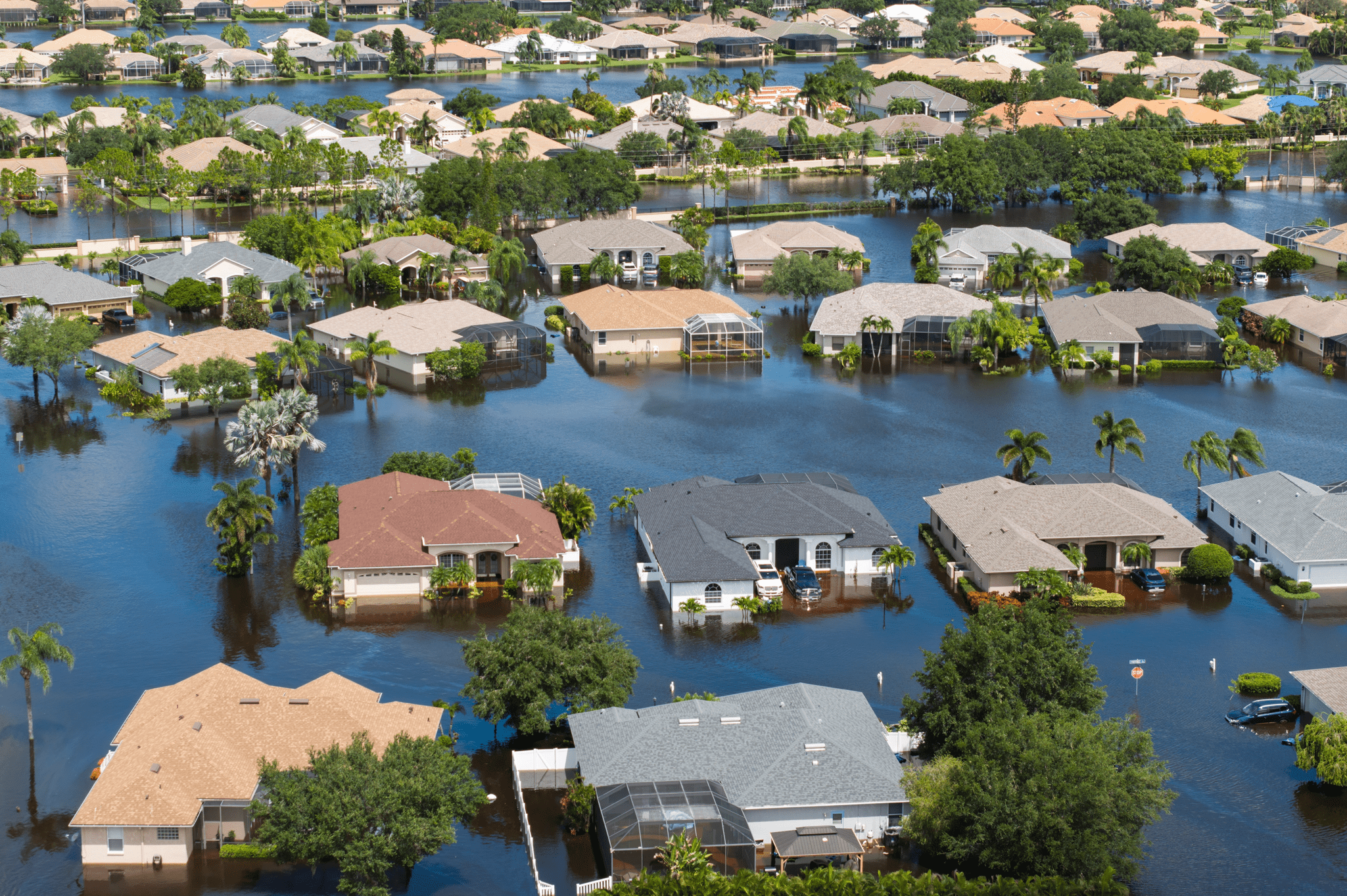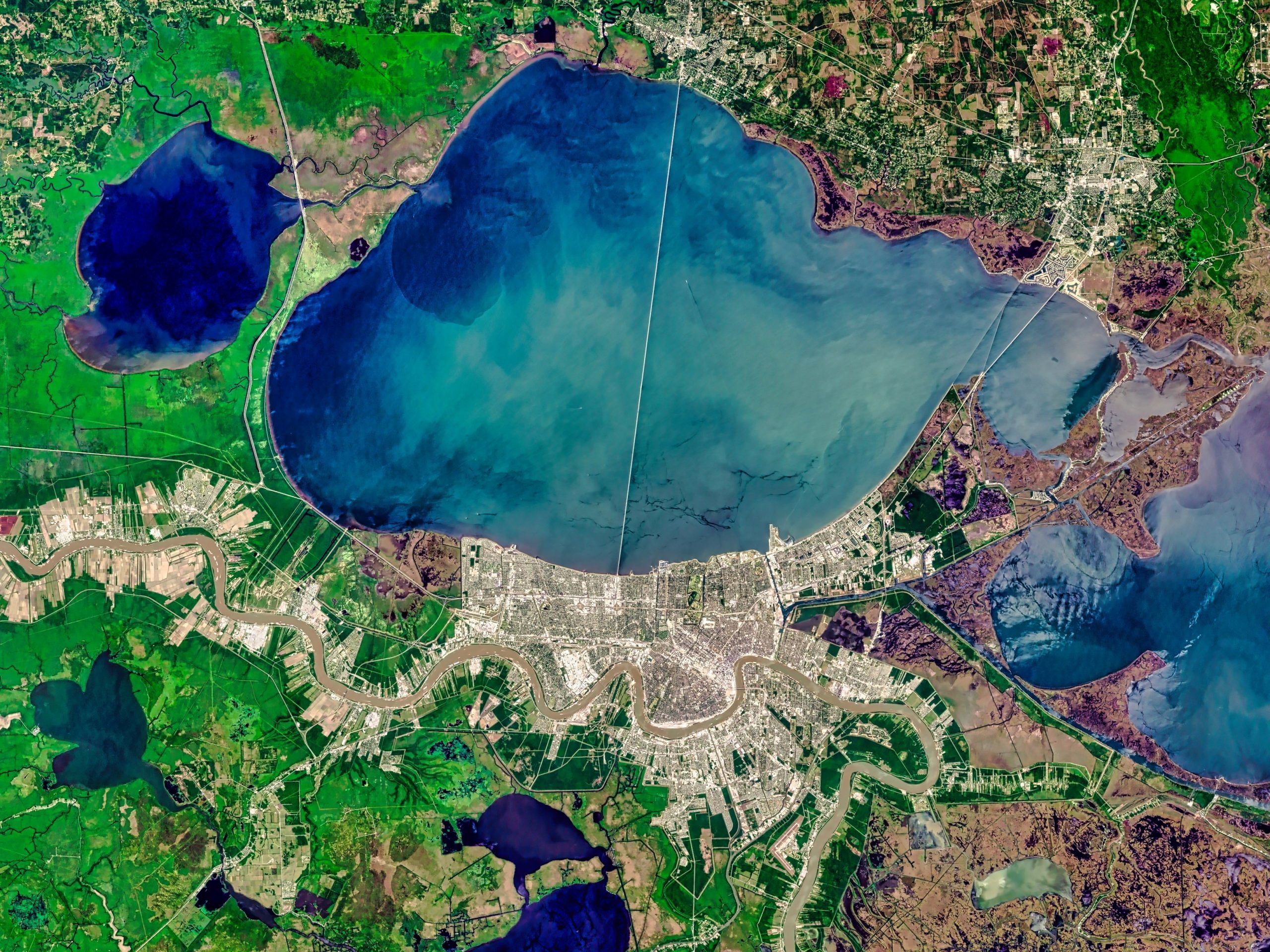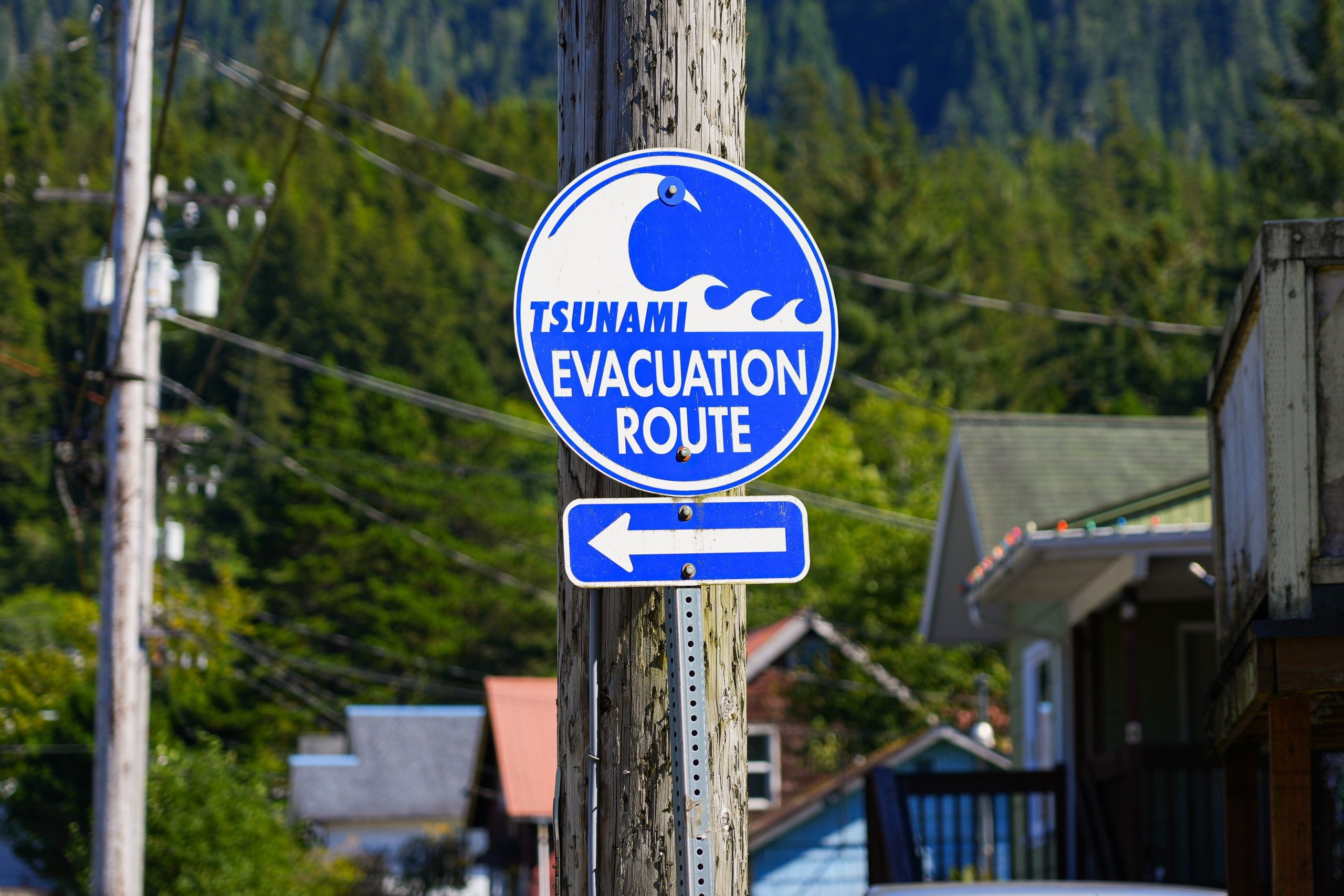
Since Hurricane Helene made landfall as a Category 4 hurricane the evening of Sept. 26, it has flooded communities and cut power to communities all along the Southeast, from Florida to Virginia. Despite the fact that Helene was downgraded to a tropical storm on the morning of Sept. 27, damaging torrential rains and winds still swept through plentiful communities, stranding people in place across the region — even in towns previously thought to be climate change havens.
One such haven was Asheville, North Carolina. Other cities in North Carolina, even those rather inland, were hit hard by flooding; some in Florida were buffeted by winds up to almost 150 mph. All of these disasters paint a devastating picture.
Action from the White House and the Federal Emergency Management Agency (FEMA) has been initiated, with President Biden deploying 1,000 Army personnel to bolster North Carolina’s National Guard. FEMA reports over 4,500 federal personnel deployed and is also on the ground distributing millions of meals and liters of water, as well as electricity generators and tarps. Further, FEMA assistance is now open in Alabama, Florida, Georgia, North Carolina, South Carolina, Tennessee, Virginia, and for the Eastern Band of Cherokee Indians.
While a large subsection of Infrastructure Investment and Jobs Act (IIJA) funding directed for flooding is focused on establishing greater climate resiliency and adaptation — in other words, ameliorating flood conditions before a flood even occurs — several funding subsets also exist to address short-term, crisis-level conditions such as those being experienced in the Southeast.
One such program is the Flood Mitigation Assistance Program’s Swift Current Initiative, a post-disaster funding program that applicants apply for after a flood causes damage, if a state or Tribal Nation had a declared major disaster declaration following a flood-related disaster causing heavy damages. Thus far, $360 million has been awarded from the program to 25 states and one Tribal Nation across fiscal years 2022 and 2023; the fiscal year 2024 program is worth $300 million and is currently open until Jan. 15, 2025.
The largest pot of disaster recovery funding is the Building Resilient Infrastructure and Communities program. Also known as the Disaster Relief Fund and managed by FEMA, the competitive grant program is funded at $1 billion from IIJA, in addition to its annual appropriations, and is open to state, local, and Tribal governments with a federal cost share of 75 to 90 percent. Annual appropriations for the program include $1 billion for set-aside pre-disaster mitigation as well as $2 billion in reserve for initial responses for “significant events.” About $580 million has been awarded for floods.
Additionally, the Natural Resources Conservation Service’s $300 million Emergency Watershed Protection Program covers a wide range of project activities, including design and construction of measures to help repair damages from a recent disaster to safeguard life and property.” The Army Corps of Engineers’ Flood Control and Coastal Emergencies program, funded at $251 million in direct federal spending, is also meant to aid in short-term recovery post-disaster, specifically in support or Army Corps preparedness measures following natural disasters. About $165 million has been awarded from the Flood Control and Coastal Emergencies program, while the Emergency Watershed Protection Program has awarded $265 million.
The final relatively quick response program is the Coastal Storm Risk Management, Hurricane, And Storm Damage Reduction Projects, requiring that projects be sited in states impacted by federally declared disaster in the past six years. The program is funded at $2.55 billion in direct federal spending for federal agencies and has issued about $1.34 billion in awards. Six years is not the longest timetable from the perspective of federal infrastructure projects, but for communities experiencing successive disasters — for instance, the towns that were recently battered by August 2023’s Hurricane Idalia, whose conditions were again worsened by Helene.
Another pressure point for this IIJA funding is the fact that these billions are largely only available to federal agencies via direct federal spending. While these cash flows will eventually hit communities struck by disasters, immediate respite is out of reach. States may consider more broadly publicizing their emergency and disaster response funding programs ahead of hurricane seasons and forecasted extreme weather, as well as shoring up state-supported disaster insurance programs so that communities can better manage their responses.


